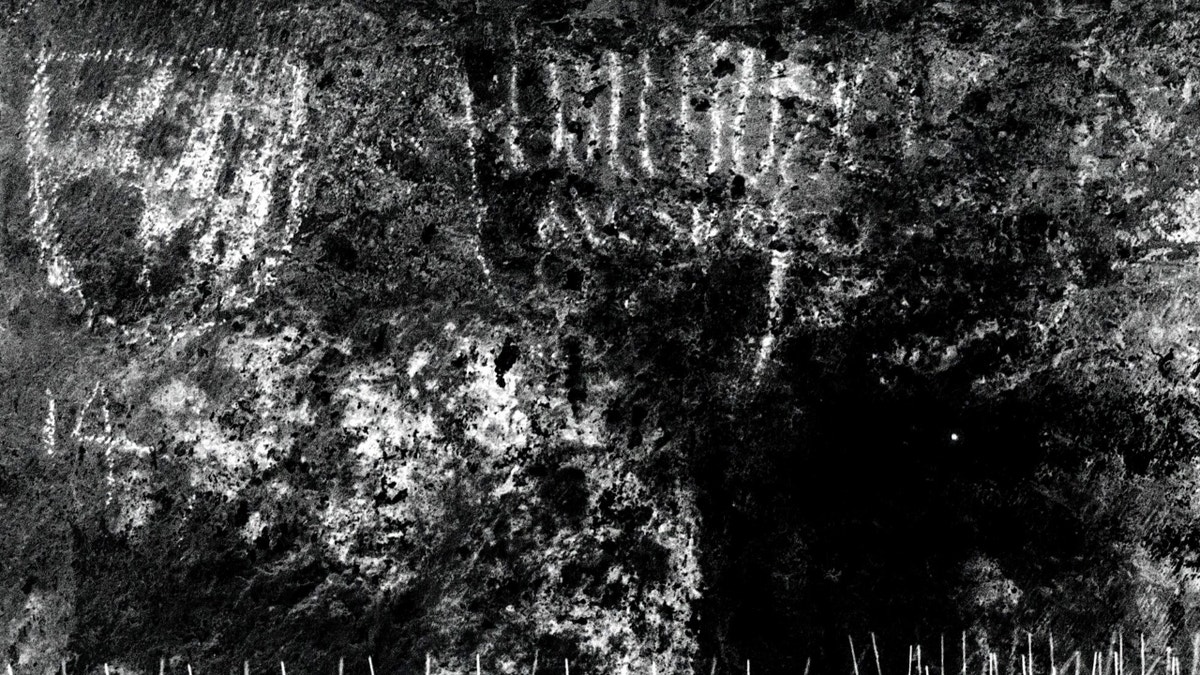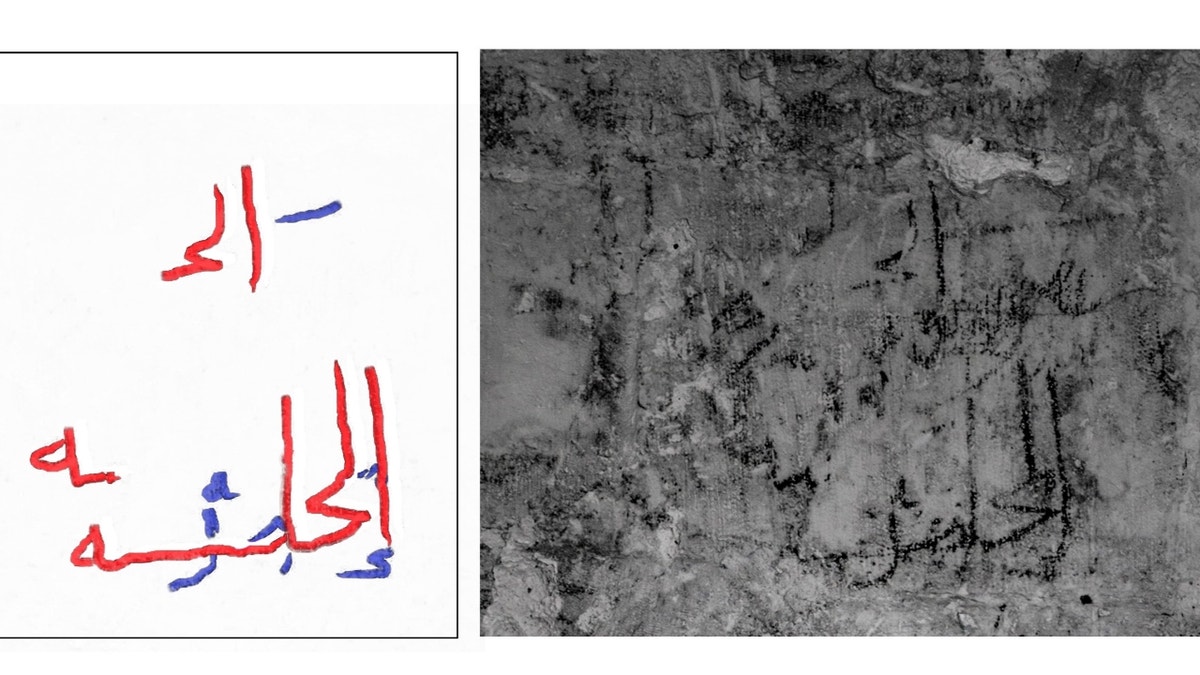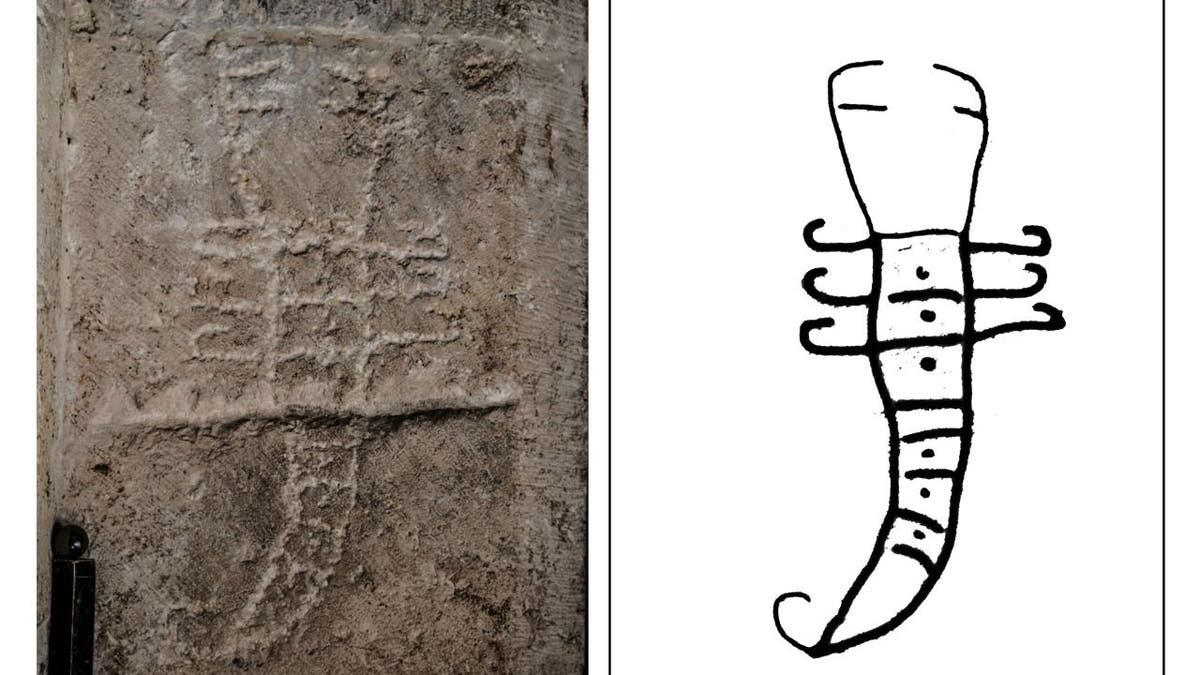Archaeologists are recently believed to have unveiled a kind of strange, centuries-old inscription in the house, which is considered to be the site of last dinner-for Easter at the right time.
The Last Supper’s house, also known as The Senacol, is located in Mount Seon, Jerusalem. The hall was built by the Crusaders in the twelfth century, though pilgrims worshiped the site in the early fourth century.
The recent discovery was announced by the Austrian Academy of Science (OAW) on April 16, with the help of the Israel Puctor Authority (IAA). Archaeologists identified about 40 elements of graffiti with five coat weapons.
Rare 4,000 years old musical instrument ‘buried on the ground’ archaeologists puzzle
Most inscriptions are at the end of the Middle Ages.
Researchers have found that the site attracted numerous international tourists – and several pilgrims placed message in their mother tongue.
Researchers have never recently published graffiti on the last fertilizer site. (Heritage Tahayha Jerusalem Picuqi Israel; Shi Halvi / © Israel Authority Authority)
The pictures of the site shows different weapons and various coats of writing in ancient languages.
A scorpion of a scorpion was also found – probably when Soliman the Magnicent accepted the army in 1523 and turned it into a mosque.
An interesting image of last night was found on top of the German weapon coat.
The inscriptions were written by Serbia, the modern -day Czech Republic and Germany, as well as pilgrims from Armenia and Syria.
‘Important’ and ancient treasure found by metallic detectors in the legendary region
Most of the graffiti was kept in Arabic -speaking Christians.
An attractive image of last night was found on the German weapon coat, which depicted a goblet, a dish and a round bread with a hole like Jerusalem bagel.

This figure shows an arms stirring coat, as well as an Armenian “Christmas 1300” inscription and a Serbian inscription “Akakius”. (Shai Halvi / © Israel Purana Authority Authority)
Researchers found an Armenian inscription “Christmas 1300” in addition to reading an Arabic inscription “Ya al-Al-Albiya”.
For further lifestyle articles, see FoxNews.com/Lifestyle
The statement states that on the basis of double use of ‘feminine affirmation’ ya ‘, researchers have reached the conclusion that it is a female Christian pilgrim of Aleppo’s Graffito, it has identified it as a rare element of pre-modern female pilgrimage, “the statement said.

Researchers found a Syrian woman inscription from Aleppo seen here. (Shai Halvi / © Israel Purana Authority Authority)
Researchers first enrolled inscriptions using multisseptic photography and reflection transformation imaging (RTI) before analyzing the images in a lab.
Analysts then have made two photographic techniques “digitally merger” to make the inscriptions readable.
In a press release, historian Eliaia Berkovich said that graffiti was amazingly varied, represented on the walls of multiple countries.
Click here to sign up for our lifestyle newsletter
“When kept together, the inscriptions provide a unique insight about the geographical sources of the pilgrims,” said Berkovich in the notice. “It managed to believe us from the outlook of the current Western -dominated research.”
Discipline
The latest invention is one of the many discoveries related to Christianity in recent months.
In early April, an archaeologist found an ancient garden on the site by digging the Church of the Holy Sepaulis and adjusting the Bible scriptures.

A scorpion was engraved in the wall of the hall, probably about the time to take the Soliman the Magnicant site. (Shai Halvi / © Israel Purana Authority Authority)
In December, archaeologists unveiled the familiar Evidence of Christianity In the north of Italy.
Click here to get Fox News app
It contains a silver inscription between 230 and 260 AD
Leave a Reply